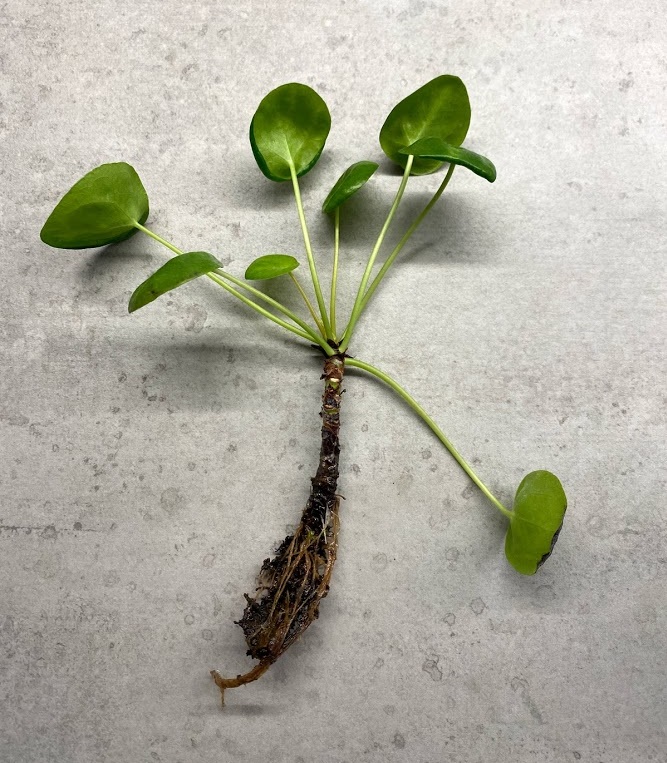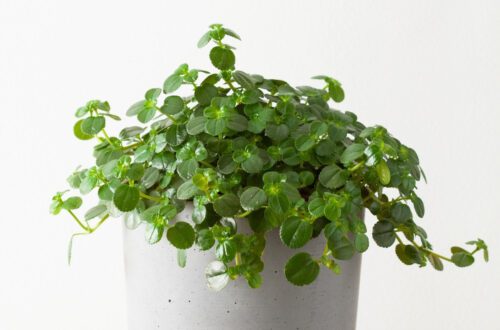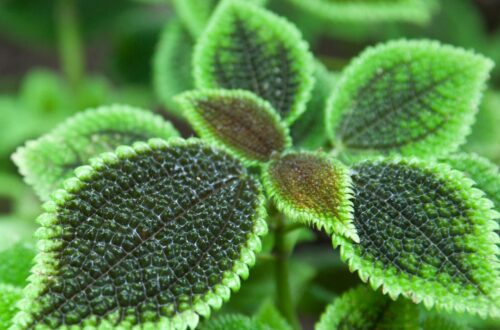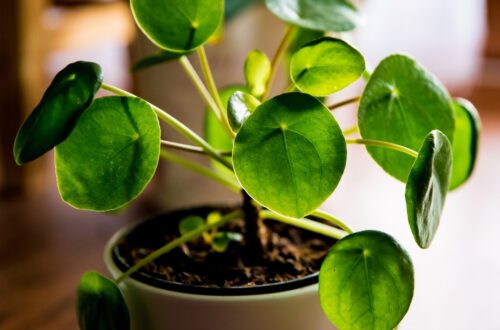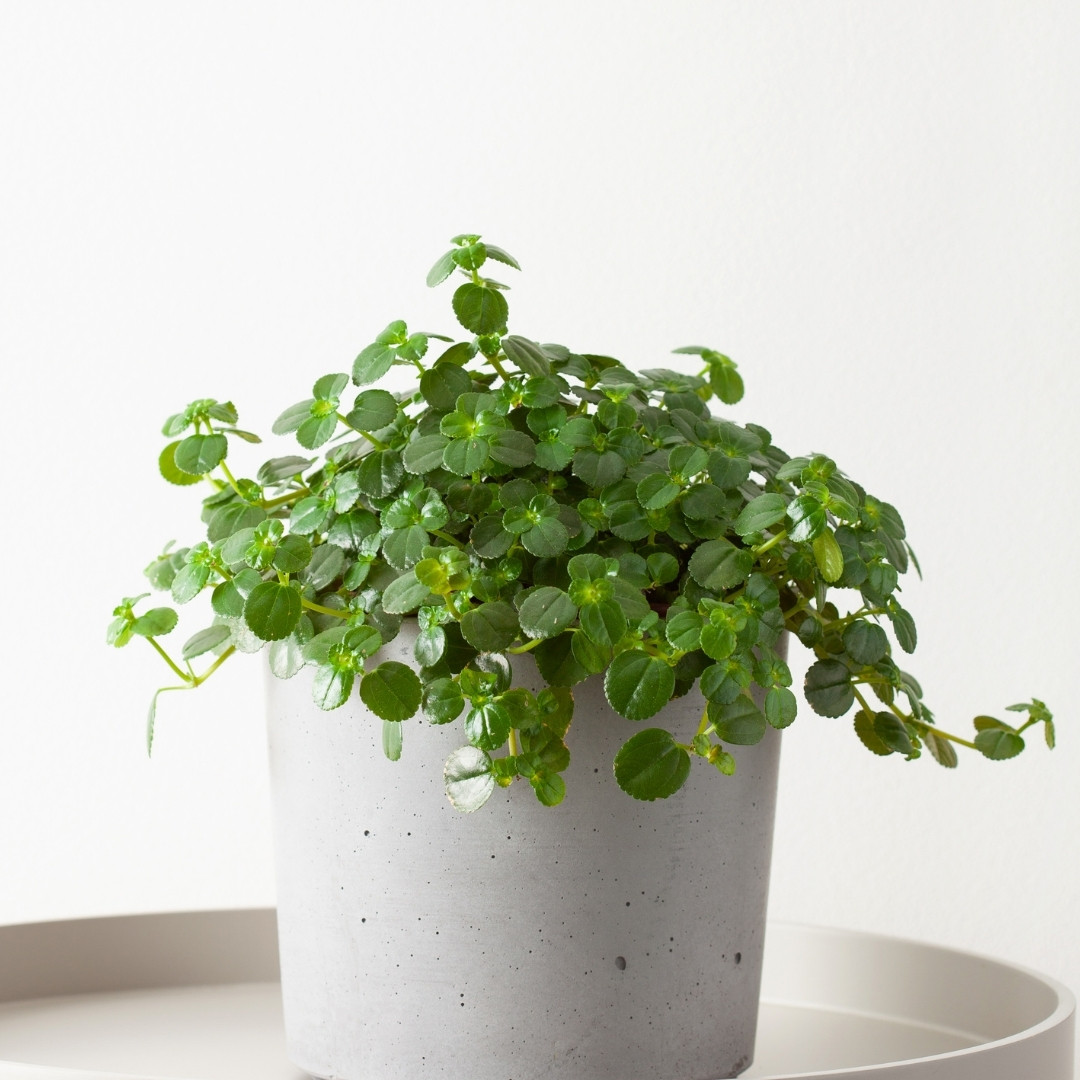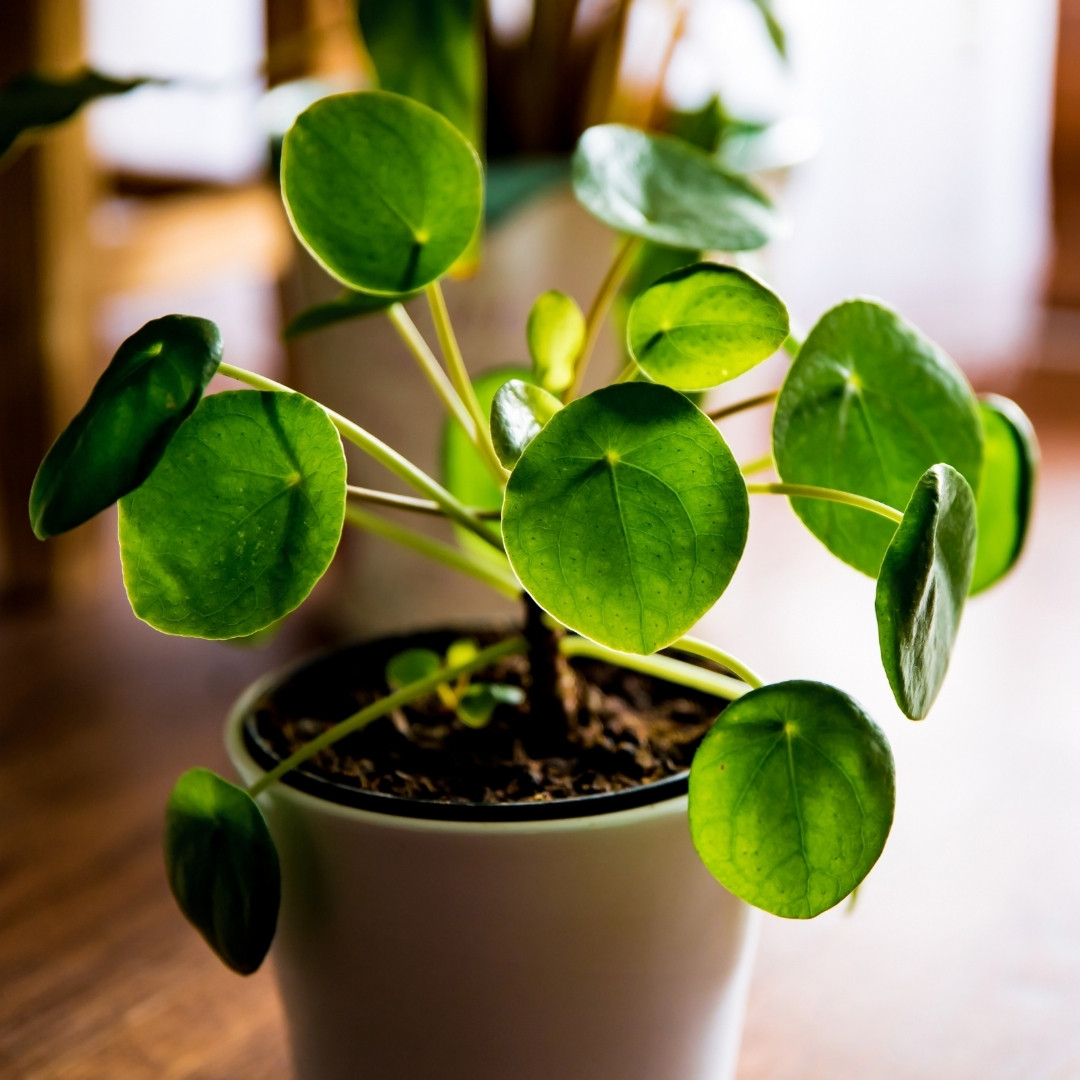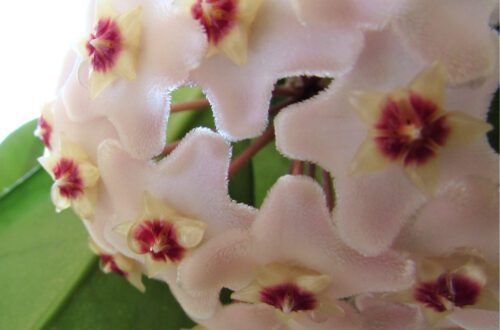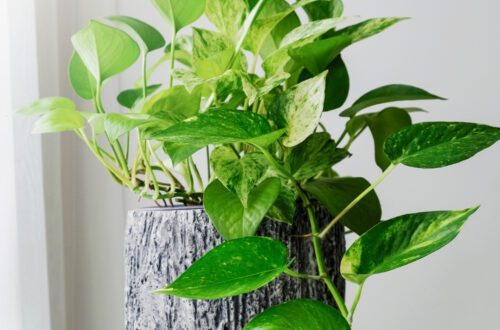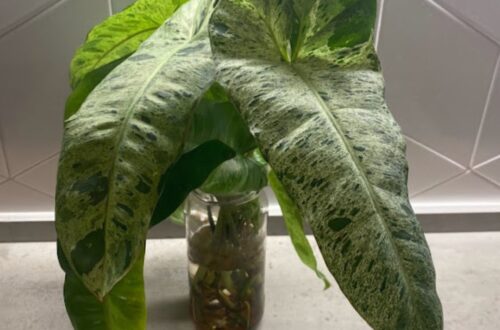Pilea
-
Pilea Propagation
Pileas are ones of the quickest plants to produce pups, and they do so in abundance, making them a really easy plant to propagate and give away (giving them their name the friendship plant). Pilea Peperomioides Propagation The Pilea Peperomioides aka the Chinese money plant / friendship plant / pancake plant / ufo plant looks impressive with their round plate/like shapes and are one of the best plants to gift to friends as they propagate easily and quickly, they’re a very popular houseplant. Here’s our guide to pilea propagation…. The easiest way to propagate a pilea is to cut off one of the the smaller littler plants, called pups, that…
-
Pilea Peperomioides Care
Welcome to our pilea peperomioides care guide. In general pilea like indirect sunlight, and to be allowed to dry out between waterings, they can get root rot easily if overwatered… Pilea Peperomioides Care Summary Light needs: Bright indirect sunlight Watering needs: Water once a week if dry. It must dry out fully between watering. Fertilizer: Balanced feed, diluted with twice as much water, once a month in spring summer. Soil: Rich, well draining Humidity: Normal household humidity. You can mist them once or twice a week if you like. Temperature: Keep away from cold drafts. 15-30°C (59-86°F) in day, 5°C (41°F) at night. Where to buy: Try our list of…
-
Pilea Depressa
Welcome to our guide to Pilea Depressa care and propagation, they are easy to look after as long as you don’t let them sit in water logged soil… Pilea Depressa Care Summary Light needs: Bright indirect sunlight. Watering needs: Check weekly, only water if top 50% or more is dry. Fertilizer: A well diluted balanced fertilizer in summer. Soil: A mix of normal potting compost (80%) and perlite (20%). Humidity: 60%. Temperature: 18°C to 25°C (64-77°F). Where to buy: Try our list of Rare Plant Shops. Other names: Baby Tears. Common issues: Root rot. Introduction The pilea depressa is known for it small serrated edge leaves that flow down in hanging…
-
Pilea Moon Valley (Pilea Mollis)
Welcome to our guide to the Pilea Moon Valley all to you need to know about care and propagation… Pilea Moon Valley Care Summary Light needs: Medium to bright indirect sunlight. Watering needs: Check soil weekly, only water if dry all the way down. Fertilizer: Use a well diluted balanced feed monthly in spring and summer. Soil: Well draining medium to avoid root rot. Humidity: 50%. Temperature: 15-30°C (59-86°F). Where to buy: Try our list of Rare Plant Shops. Other names: Pilea Involucrata, Pilea Mollis. Common issues: Root rot / overwatering. Introduction The Moon Valley Pilea, (aka Pilea Involucrata or Pilea Mollis) is native to Colombia and Venezuela. Its a…
-
Pilea Black Spots
We run down solutions and remedies to pilea black spots and other common issues… Pilea Black Spots (With Fixes To Common Issues) Pileas get black spots when they are overwatered and/or do not get enough sun. Pileas can be really sensitive to overwatering, so add in a bout 20% perlite to your potting mix to ensure they drain well, and only water it when the soil is dry all the way down (you can check it with your finger once a week). After watering, tip out all the water from the external container, don’t let the plant sit in soggy soil. Pileas like bright indirect sunlight, so give it as…
